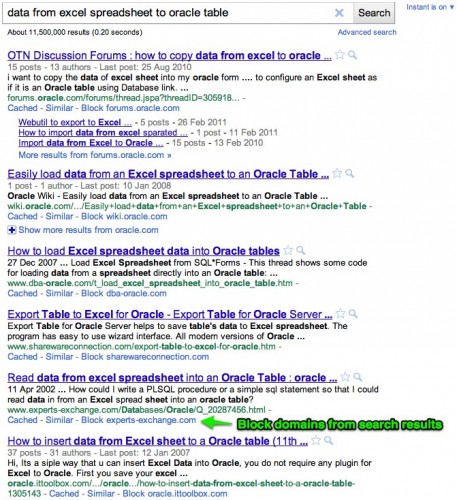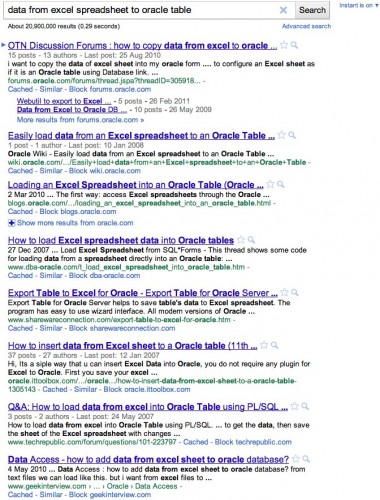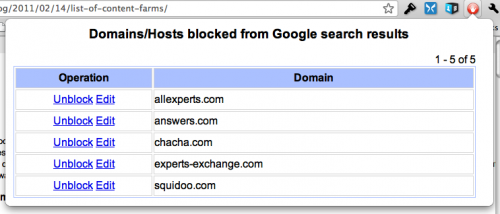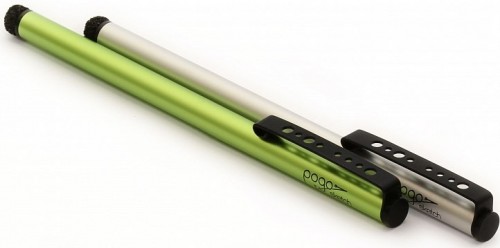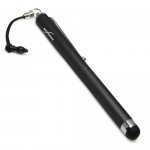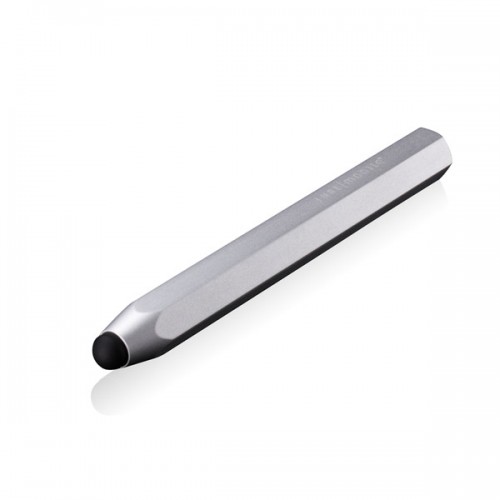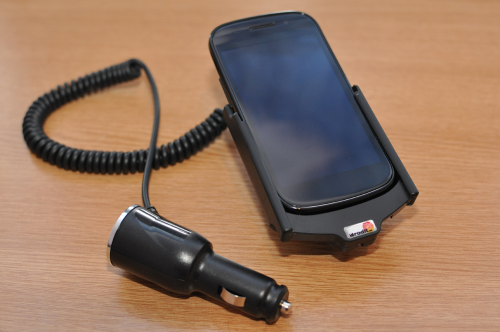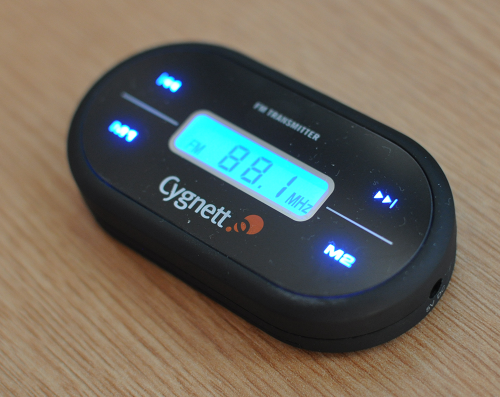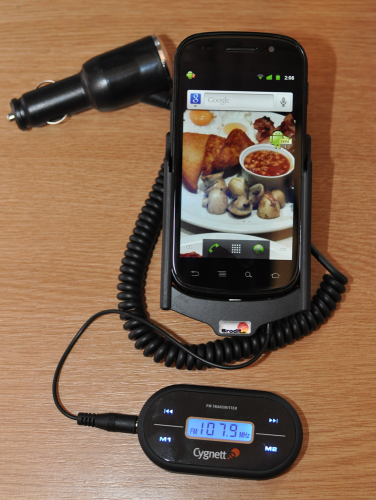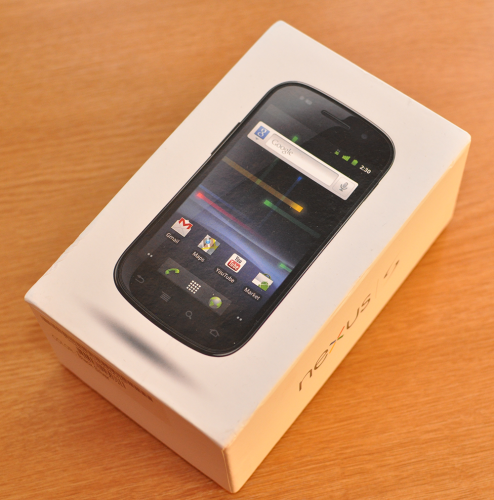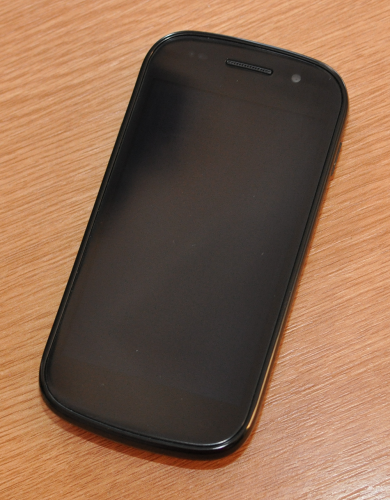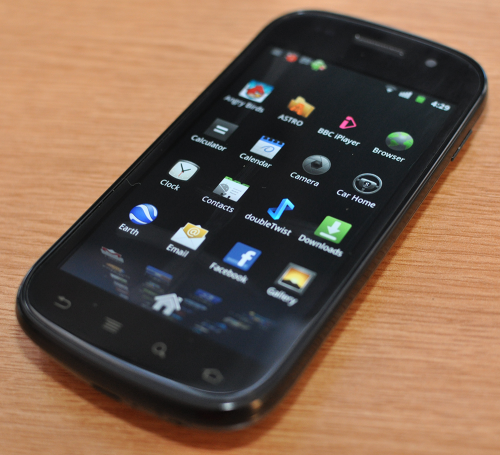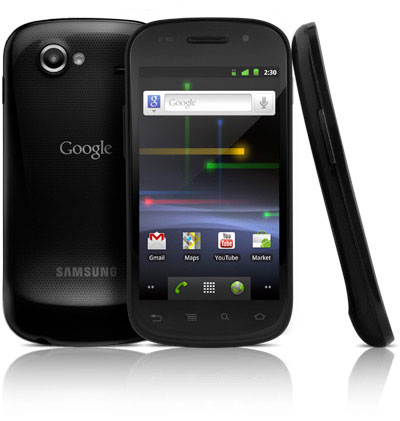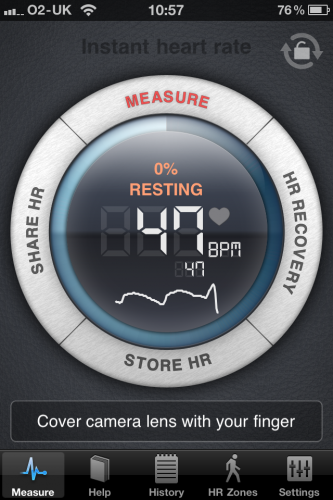DigitalOutbox Episode 77
In this episode the team discuss Microsoft pwning Nokia, HP, Sony and Motorola devices and Guitar Hero goes bye bye.
Playback
Listen via iTunes
Listen via M4A
Listen via MP3
Shownotes
1:11 – Microsoft and Nokia sign partnership
– Stephen Elop, Nokia’s recently appointed chief executive, said Nokia will use Windows Mobile 7 as its primary smartphone platform. Elop has also shaken up the senior management team, having warned staff this week that the company was standing on a “burning platform”.
– Speaking in London this morning, Elop said the partnership meant the mobile market was now a “three horse race”, with Nokia-Microsoft competing strongly with Apple, and Google’s Android platform. Mmmm – what about RIM?
– Under the plan, Nokia said it would use its expertise in hardware design, imaging and mapping to improve the Windows Mobile platform. The two companies will work together on marketing, and develop a common roadmap. Bing, Microsoft’s search service, will be integrated into Nokia devices.
– Nokia said it will continue to make phones running its Symbian operating system, thus “leveraging previous investments to harvest additional value”. Symbian, though, will be relegated to the status of a “franchise partner”.
– Job losses expected at Nokia
– Around 1000 Nokia employees walk out in protest – http://www.ubergizmo.com/2011/02/nokia-employees-walk-out-in-protest-of-microsoft-deal/
– Elop wouldn’t promise that Nokia will remain profitable while the Symbian-to-Windows Phone transition takes place.
– Nokia Windows Phone devices will start shipping in volume in 2012 but under pressure to deliver this year
– Symbian phones still coming out over the next 12-18 months – who will buy one of these now? It’d a dead platform.
– Nokia shares…down 14%
– Microsoft allegedly handing over billions in this deal – http://www.computerworld.com/s/article/9209259/Microsoft_to_pay_out_billions_as_part_of_Nokia_deal
– Elop referred to a slide that Nokia displayed last week that showed marketing resources and other investments flowing from Microsoft to Nokia as part of the deal. While speculation has had that number in the millions or tens of millions of dollars, the figure is actually much higher than that, he said. “In fact the value transferred to Nokia is measured in B’s not M’s,” he said.
– Elop’s first priority – beat Android
– So is it Microkia or Nosoft?
10:25 – HP Event
– HP Veer (no more Palm)
– http://www.engadget.com/2011/02/09/the-hp-veer/
– Qualcomm’s Snapdragon 7230 processor at 800MHz.
– a 2.6-inch 320 x 400 display, 5 megapixel EDoF camera,
– HSPA+ support, 8GB of storage, an accelerometer, proximity and light sensors (as usual), Touchstone compatibility, and mobile hotspot support
– Cute and hands on from engadget and gizmodo say it’s fast – mini per2 has a lot to like
– Web OS 2.2
– HP Pre 3
– http://www.engadget.com/2011/02/09/the-hp-pre-3/
– QWERTY slider with the all-too-familiar form factor has a 3.6-inch 800 x 480 display (a marked improvement over past Pres)
– 5 megapixel camera with AF and LED flash, HD video, a front-facing camera for video calling, mobile hotspot.
– Qualcomm CPU running at 1.4GHz (!), HSPA+ and EVDO Rev A — yep, it’s a world phone — and the same RAM as the Pre 2 (that’s 512MB DRAM).
– Touchstone compatible, naturally, and will switch to Exhibition mode when docked to show pictures and upcoming appointments.
– availability is this summer with both 8GB and 16GB storage options.
– Web OS 2.2
– HP TouchPad
– http://www.engadget.com/2011/02/09/the-hp-touchpad/
– is shaped almost exactly like the iPad. It tips the scales at 1.6 pounds and measures 13.7mm thick,
– HP’s shipping this one with its own Beats audio engine, Touch-to-Share (a feature that lets users easily transfer a website, document, song, text or call from the phone to the tablet — or vice versa — simply by tapping the two devices together) and a huge reliance on the cloud.
– Other specifications include webOS 3.0, a 9.7-inch display (1024 x 768 screen resolution), a dual-core 1.2GHz Snapdragon CPU (!), inbuilt gyroscope, accelerometer, compass and 16GB / 32GB of internal storage space.
– There’s also a front-facing 1.3 megapixel webcam, support for video calling, 802.11b/g/n WiFi, Bluetooth 2.1+EDR, “twice the memory of a Pre 2” and a set of stereo speakers.
– There’s a new paneled email application a Growl-like pop-up notification system, plenty of cal / email integration courtesy of HP Synergy, a slick virtual keyboard, VPN support, wireless printing as well as Google Docs, QuickOffice, Dropbox and Box.net compatibility. One of the killer features that can’t be found on a competing tablet right now is this one’s ability to talk to the Pre 3 — so long as there’s a Touchstone involved, one can have their Pre 3 and TouchPad communicate, even piping over notifications and texts from the phone onto the slate. It’s a brilliant idea, and we’re obviously amped to see just how well it’s implemented.
– Wi-fi initially, 3G and 4G coming later, price – announced on later date as will availability (this summer).
– HP & Time do deal to bring mag subscriptions to TouchPad
– No mention on battery life.
– Gizmodo – The only major issue is the speed.This might be because of the fact that the TouchPad isn’t done, and has six months of development time left, but every app, every notification and every multitasking instance is kinda slow. Again, it’s not unusably slow, if you’ve used the Pre compared to a faster phone, say, a Nexus S or a Motorola Atrix or an iPhone 4, you’ll know how the TouchPad compares to the Motorola Xoom. This is surprising since the TouchPad has a 1.2GHz dual core processor, but, webOS has never been a particularly speedy OS.
– So the big three – price, battery, release date – nothing.
– RIP Palm
– One more thing – Web OS coming to PC market
17:22 – Motorola Xoom
– $800
– Feb 24th
– Feb and March are big for tablets – the Xoom sports an impressive set of features, many of which dwarf the iPad, such as two cameras, 1080p screen resolution and a HDMI output.
– Best Buy pre-order – http://www.bestbuy.com/site/Computers-Promotions/Motorola+XOOM/pcmcat233400050016.c?id=pcmcat233400050016 – $1199 – DOA if thats the price
– Wifi only version coming to Europe in 2nd quarter
19:58 – Samsung Galaxy Tab 10.1
– like the rest of the upcoming Android 3.0 tablets it’s powered by a dual-core Tegra 2 processor, will be available with 16GB or 32GB of storage, and has a front-facing 2 megapixel camera as well as a 8 megapixel imager around back.
– 1280 x 800-resolution 10.1-inch TFT display, and while it’s not Super AMOLED or Super AMOLED Plus quality, it looked quite bright at a variety of angles. We’d venture to say that Samsung’s using a similar panel as in the original Tab here, which is certainly a good thing. Surrounding the tablet you’ll find a SIM slot, 3.5mm jack, and Samsung’s proprietary charging cable. Sadly, there’s no USB or HDMI ports. The rear 8 megapixel cam has a LED flash and can capture 1080p video, while the 2 megapixel lens centered on the top bezel should suffice for those Google Talk Video calls.
– Launching in March in both Asia and Europe — Vodafone will be the first carrier to nab the Tab — but it had absolutely no timing details for the US market. Price? We’ve got no idea, though we’re told it will be “competitive.”
– Feels light in the hand, plastic but solid, grippy back rather than slippy
– Google experience device – no Samsung front end – pure Honeycomb
27:54 – Sony Phones
– Xperia Neo – able to plug into your HDTV via HDMI and can be controlled with a standard remote. The 3.7-inch screen on the device sports a healthy resolution of 854 x 480 and uses Sony’s Bravia graphics engine. The phone has a 1GHz Snapdragon CPU, an 8 megapixel camera with LED flash (and a 2 megapixel front-facing camera), and will be available in an array of colors (silver, red, and blue).
– http://www.engadget.com/2011/02/13/the-sony-ericsson-xperia-pro/
– Xperia Pro – a slider device with a full QWERTY keyboard. The device sports a 3.7-inch, 854 x 480 display (which uses the company’s Bravia graphics engine technology), runs atop a 1GHz Snapdragon CPU, and is sporting SE’s customized build of Gingerbread (Android 2.3). The phone has an 8 megapixel camera with LED flash, 2 megapixel front facing camera, and will be available in silver, red, and black.
– http://www.engadget.com/2011/02/13/the-sony-ericsson-xperia-play/
– run Android 2.3 Gingerbread on a 1GHz Snapdragon processor with Qualcomm Adreno 205 graphics and display those games on a sizable 4-inch, 854 x 480 multi-touch LCD screen, the combination of which Sony says will provide 60 frames per second playback and manage up to 5 hours, 35 minutes of battery life in a single game session with the slide-out PlayStation Certified controller
– PS1 games plus Android games
– Available March
31:15 – How popular is Android
– Google I/O conference sells out
– Big deal
– I/O sold out in 90 days in 2009, 50 days in 2010 and 59 minutes in 2011
– Previous years has seen free handsets handed out, making the $450 conference fee a bit of a bargain – cheapest way of getting a development device without contract – we’ll see on May 10th, 11th later this year
– But previous attendees got to pre-register this year.
35:31 – Google 2 Step Verification
– Two-step verification offers a more secure way for Google to verify that you are who you say you are when you’re logging into your Google account on a new web browser, through a new application, or on a new mobile device. With two-step verification, your password isn’t enough by itself. As Google put it:
– 2 step verification requires two independent factors for authentication, much like you might see on your banking website: your password, plus a code you only use once.
Those two factors are:
– Your password (just like always)
– A single-use verification code that Google sends to your phone in one of three ways: 1) Using the Google Authenticator app available for Android, iPhone, and BlackBerry, 2) via SMS, or 3) through a voice call (meaning you could even use a landline if you didn’t have a cellphone—basically the call would read off the code to you).
– Set up via your Google account page
37:51 – Google hitting the iPhone Hard
– Google Shopper now available
– Search via photo, voice, text or barcode
– Returns list of stores both off and online and best prices/availability
– Select shop, read reviews and in certain cases check stock
– Keeps history and can share results on Twitter, Facebook – what, no Buzz?
– Google Translate now available
– Speak to translate – voice input for 15 languages, translate a word or phrase to 50 languages
– Listen to translations – listen to translations spoken out loud in up to 23 languages
– Full screen mode to display translated text
– Still doesn’t have the conversation mode in android which translates ‘live’, speaking the translation
40:21 – iPlayer Apps
– Coming to iPad and Android
– iPad
– The new app takes better advantage of the touchscreen user interface, says the BBC, which is a popular feature on the “iPad-ified” website.
– Both the iPad app and Android app will offer live TV streams and radio, the latter which was never before available to mobile devices.
– Mobile users can also access the full BBC catalog of “catch-up” programs (TV you may have missed), seven days’ worth of TV and radio on demand and the “series stacking” feature that’s also available on the Web, this last item being a feature that allows viewers to watch older programs from selected series up until the series has ended.
– Android
– On Android, the iPlayer app will not be available for all devices, only on those running the Android 2.2 (“Froyo”) version of the mobile operating system and Adobe Flash 10.1. This is because the player’s Flash streams require “a powerful mobile phone processor and a Wi-Fi connection,” says the BBC.
– The speculation is that BBC had to implement the streaming service in Flash because of content provider pressure, not technical requirements. Content providers are concerned about pirating – that same fear is why the Netflix application for Android has not yet launched either.
– Not on iPhone, global iPlayer app coming later this year with a subscription service
– Video quality on iPad is excellent, live radio is nice, can shift audio via AirPlay, expect video in 4.3 (double click home button – eh?)
43:17 – Last.fm moves to mobile subscription model
– Free ride for mobiles is over – radio service will become an ad-free, subscriber-only feature on iPhones and Androids, starting February 15
– Cost is £3 or $3 a month
– Less than Spotify but with Spotify you can choose what you want to play – Last.fm does not let you play tracks on demand
– Last.fm Radio will remain free via its website and desktop app as well as for U.S. and U.K. users of Xbox Live and Windows Mobile 7 phones.
Last.fm Radio offers a personalized station, playing full song tracks based on users’ preferences. Currently, that streaming service is free in the U.S. and U.K. via an ad-supported app.
44:52 – Activision Job and Title Cuts
– Guitar Hero, DJ Hero and True Crime series all cancelled
– They can’t make these games profitable
– 500 job cuts
47:35 – Geek saves 172 BBC Websites
– User spiders and archives the 172 websites that the BBC is axing
– They then made all the content available via a torrent – http://178.63.252.42/bbc.closing.sites.archive.torrent
– The purpose of this project is to show how the entire 172 public facing websites that are earmarked for deletion have been copied, archived, distributed and republished online – independently – for the price of a cup of Starbucks coffee (around $3.99).” In other words, the cost-savings from the BBC’s gutting of its online presence: minimal.
The act also has a political side. “The purpose of this project is to expose the ‘cost savings’ of this proposed exercise as nothing more than a charade to appease the detractors to a strong BBC and to curry favour with the current government. BBC’s current senior management has demonstrated a lack of leadership and a lack of courage in pushing back on these demands.”
– But maybe the data won’t be deleted after all – http://www.bbc.co.uk/blogs/bbcinternet/2011/02/bbc_online_and_deleting_websit.html
Picks
Chris
SuperTooth Buddy
– Visor Handsfree BlueTooth device.
– No installation – simple clip onto visor and attaches via magnet.
– Auto connect – can connect to 2 different devices
– 20h talk time – 1000h standby
– Power, Volume, Pickup call, Stop call on face. Micro USB port for chanrgin at rear.
– Nice loud audio in car and voice pickup seems good.
– For multi-car / multi-device homes, a great simple solution to handsfree..
– Currently just a bit over £35 on Amazon.
Henry
GiffGaff
– the social mobile network.
– No phones, Just PAYG tarriffs from £5
Ian
Alupen
– Great stylus for the iPad
– £14

